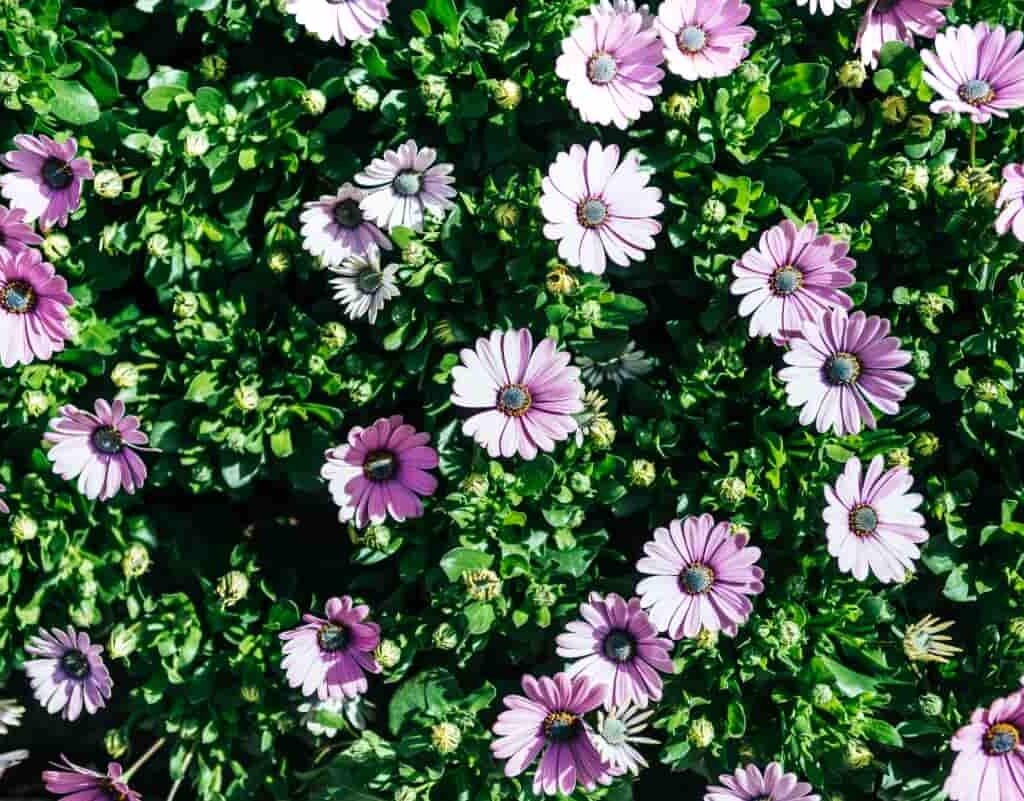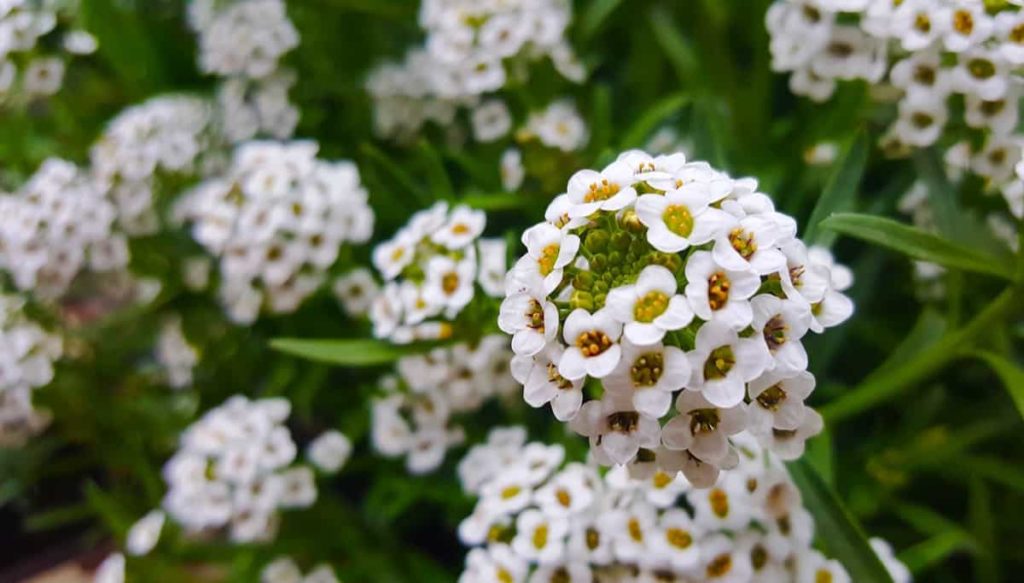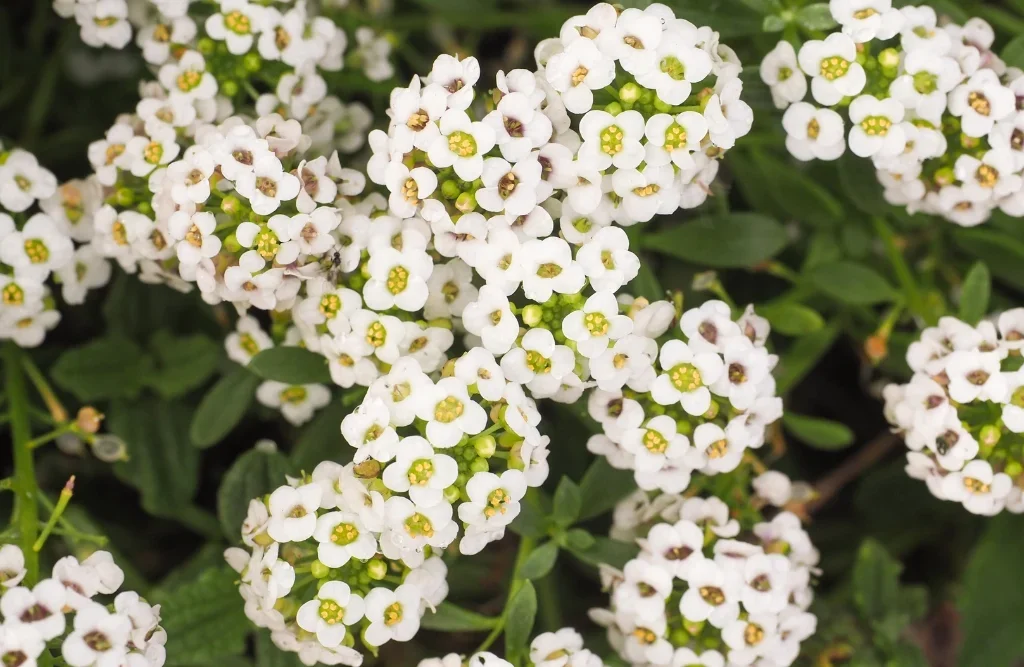There’s nothing quite as satisfying as watching your garden burst into colorful, fragrant blooms. However, sometimes it feels like those flower buds are taking forever to open. If you’ve been eagerly waiting for your flowers to bloom, you’re not alone — many gardeners search for reliable ways to speed up the process.
The good news is, by adjusting a few care practices and providing optimal growing conditions, you can encourage your flowers to bloom faster, healthier, and more abundantly. In this guide, we’ll share 10 expert-backed tips to make flowers bloom faster in your home garden or indoor space.

Why Flowers Delay Blooming
Before diving into the solutions, it’s important to understand why flowers might hesitate to bloom:
Inadequate sunlight
Poor soil nutrition
Over or under-watering
Wrong temperature or humidity levels
Lack of pruning or deadheading
Pests or plant stress
Correcting these issues while implementing proactive care tips will trigger faster flowering.

10 Tips to Make Flowers Bloom Faster
1. Provide Plenty of Sunlight
Sunlight is the primary energy source for plants, powering the process of photosynthesis, which is essential for blooming.
Key guidelines:
- Ensure your flowering plants receive at least 6 hours of sunlight daily (unless they’re shade-tolerant species like impatiens or begonias).
- Position indoor flowering plants near south or west-facing windows.
- Use grow lights for indoor gardens or shady spots to supplement natural light.
Pro Tip: Rotate pots every few days to expose all sides of the plant to light.

2. Use a Balanced, Bloom-Boosting Fertilizer
Flowers need the right nutrients to grow buds and open blooms. While nitrogen promotes leafy growth, phosphorus is essential for flower production.
Fertilizer tips:
- Use a balanced fertilizer (like 10-10-10) or one higher in phosphorus (like 10-30-20) for flowering plants.
- Apply fertilizer during the active growing season — typically spring through summer.
- Avoid over-fertilizing, as excess nitrogen can delay blooming by encouraging too much foliage.
Organic options like bone meal, compost tea, and banana peel water also provide natural bloom-boosting nutrients.

3. Water Consistently and Correctly
Water plays a critical role in transporting nutrients to flower buds. Both over-watering and under-watering can cause plants to delay or drop their blooms.
Watering tips:
- Check soil moisture by sticking your finger an inch deep into the soil.
- Water when the topsoil feels dry but before the plant wilts.
- Avoid letting soil dry out completely for most flowering plants.
- Water early in the morning to allow foliage to dry and prevent fungal issues.
Pro Tip: Use a watering can with a narrow spout to deliver water directly to the soil, keeping leaves dry.

4. Prune and Deadhead Regularly
Pruning and deadheading (removing spent blooms) encourage plants to divert their energy into producing new buds.
Why it works:
- Removing old flowers prevents the plant from focusing on seed production.
- Pruning leggy, weak stems improves air circulation and allows more sunlight in.
- Encourages bushier, healthier growth and faster blooming cycles.
How to do it:
Use clean, sharp scissors or pruners to snip off faded blooms just above the nearest healthy leaf or bud.

5. Pinch Back Early Growth
For annual flowers like marigolds, petunias, and zinnias, pinching back the first few inches of growth encourages bushier, fuller plants with more blooms.
Steps:
- When the plant reaches about 6 inches tall, pinch off the top 1-2 inches of the stem.
- This stimulates lateral branching, leading to more flower-producing stems.
Do this early in the growing season for the best results.
6. Maintain Ideal Temperature and Humidity
Temperature extremes can cause flowering delays, especially for temperature-sensitive species.
Tips:
- Most flowering plants prefer 60-75°F (16-24°C).
- Protect plants from sudden cold snaps or scorching heat.
- Use shade cloth or garden umbrellas during heatwaves.
- Increase humidity for tropical bloomers like orchids or African violets by misting or placing pebble trays nearby.
Consistent, comfortable growing conditions encourage faster blooming.
7. Amend Soil with Organic Matter
Rich, well-draining soil improves root health and nutrient uptake — two essentials for rapid blooming.
Best organic soil amendments:
- Compost
- Aged manure
- Coconut coir
- Worm castings
- Leaf mold
These organic materials improve soil structure, moisture retention, and provide natural slow-release nutrients.
Pro Tip: Loosen compacted soil regularly to improve aeration and root growth.
8. Use Epsom Salt Sparingly
Epsom salt (magnesium sulfate) can help boost flowering by improving nutrient absorption, especially phosphorus and nitrogen.
How to use:
- Dissolve 1 tablespoon of Epsom salt in 1 gallon of water.
- Apply this mixture to the base of your flowering plants once a month during the growing season.
Caution: Avoid overuse, as too much magnesium can unbalance soil nutrients.
9. Plant Flower-Friendly Companions
Certain plants support each other when grown nearby, improving soil health, deterring pests, and enhancing flowering.
Good flower companion plants:
- Basil, chives, and marigolds (attract pollinators)
- Nasturtiums (deter aphids)
- Legumes like peas and beans (fix nitrogen for soil enrichment)
Companion planting promotes a thriving garden ecosystem and boosts bloom production.
10. Reduce Plant Stress
Stressed plants are less likely to flower quickly. Common causes include inconsistent watering, pest infestations, overcrowding, or nutrient deficiencies.
Stress-reducing practices:
- Regularly inspect for signs of pests or disease.
- Avoid frequent transplanting during the growing season.
- Provide adequate space for air circulation.
- Maintain consistent watering and fertilizing routines.
A healthy, stress-free plant will always bloom faster than one struggling in suboptimal conditions.
Final Thoughts
Getting flowers to bloom faster doesn’t require complicated tricks — it’s all about providing optimal conditions and attentive care. By ensuring adequate sunlight, balanced nutrition, proper watering, and regular pruning, you’ll soon see vibrant, abundant blooms gracing your garden.
Whether you’re growing delicate indoor blooms like African violets or outdoor showstoppers like roses and zinnias, following these 10 expert tips will help you enjoy faster, healthier, and longer-lasting flowers.





